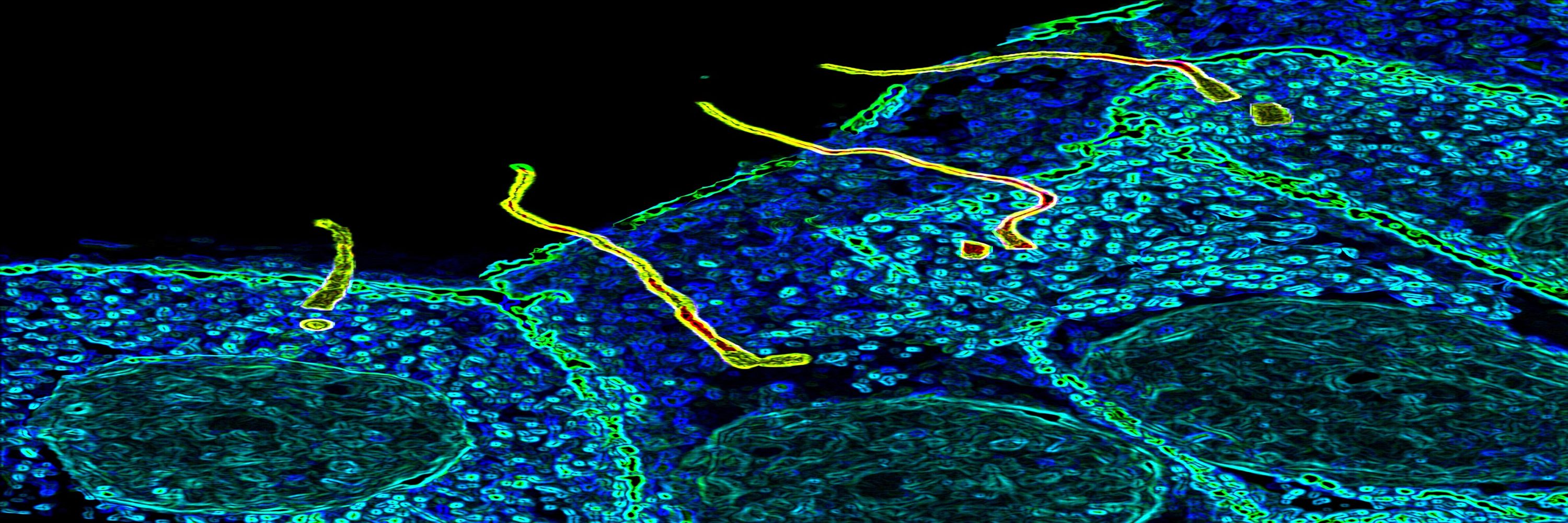
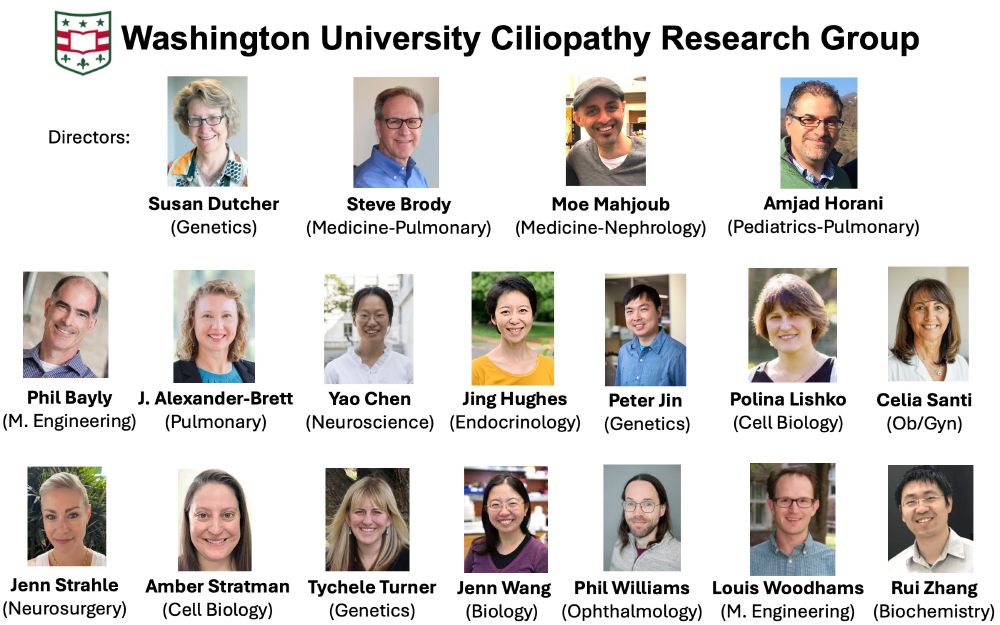
We are the WashU Ciliopathy Research Group - a multidisciplinary team of investigators at Washington University in St Louis that perform fundamental, translational, and clinical research on #ciliopathies.
Follow us for updates from the group! 👇
www.biorxiv.org/content/10.1...



If you are interested in sensory biology and esp in cilia, thermosensation, or interoception, and would like to join an interactive & supportive group - please email.
Please RT 🙏

If you are interested in sensory biology and esp in cilia, thermosensation, or interoception, and would like to join an interactive & supportive group - please email.
Please RT 🙏
Cilia are tiny, hair-like protrusions found in many organisms. Yet despite decades of research, the mechanisms of cilia coordination remained disputed.
Cilia are tiny, hair-like protrusions found in many organisms. Yet despite decades of research, the mechanisms of cilia coordination remained disputed.
#ExM #oneringtorulethemall #Bilbo1 #trypanosoma #protistsonsky

#ExM #oneringtorulethemall #Bilbo1 #trypanosoma #protistsonsky
A great collaboration with PCD experts from all over the world.
publications.ersnet.org/content/erj/...
A great collaboration with PCD experts from all over the world.
publications.ersnet.org/content/erj/...
So happy and relieved to finally get this. What started out as a crazy idea pitched to the @wu-ciliopathygroup.bsky.social team a couple of years ago is now a fully funded project.
Major thanks to NHLBI for continuing to fund our work on motile ciliopathies 🙏

So happy and relieved to finally get this. What started out as a crazy idea pitched to the @wu-ciliopathygroup.bsky.social team a couple of years ago is now a fully funded project.
Major thanks to NHLBI for continuing to fund our work on motile ciliopathies 🙏

#Cilia2027
March 2027 on beautiful lake Maggiore right outside #Milan, are you ready for #Cilia2027? 🥳
Stay tuned for more info!
#Cilia2027
"Neutrophil TLR2 signaling promotes lipid accumulation and vascular plaque growth"
"Neutrophil TLR2 signaling promotes lipid accumulation and vascular plaque growth"
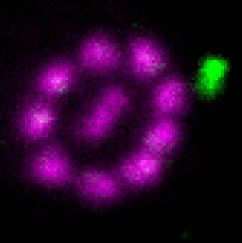

Excited to have some of my first works as a postdoc, and first corresponding author (!!), on biorxiv! This was a fun side quest of a project marrying a few things I deeply love, development, cilia, and hormones in the pituitary! Happy reading!
www.biorxiv.org/content/10.1...

Excited to have some of my first works as a postdoc, and first corresponding author (!!), on biorxiv! This was a fun side quest of a project marrying a few things I deeply love, development, cilia, and hormones in the pituitary! Happy reading!
www.biorxiv.org/content/10.1...
#CellCycle #Genetics #Cytoskeleton #Development
#CellCycle #Genetics #Cytoskeleton #Development
journals.biologists.com/jcs/article/...

journals.biologists.com/jcs/article/...


www.nature.com/articles/s41...
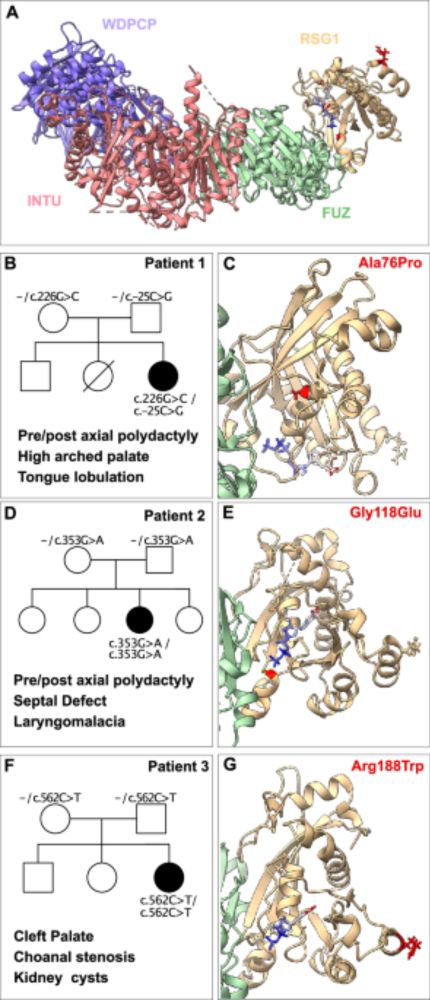
www.nature.com/articles/s41...
On the cover: Multiciliated Xenopus embryonic epidermis, highlighting its motile cilia, stained for acetylated alpha-tubulin (cilia; magenta), polyglycylated tubulin (cilia; cyan) and phalloidin (actin; green). See Teerikorpi et al.
journals.biologists.com/dev/article-...

On the cover: Multiciliated Xenopus embryonic epidermis, highlighting its motile cilia, stained for acetylated alpha-tubulin (cilia; magenta), polyglycylated tubulin (cilia; cyan) and phalloidin (actin; green). See Teerikorpi et al.
journals.biologists.com/dev/article-...
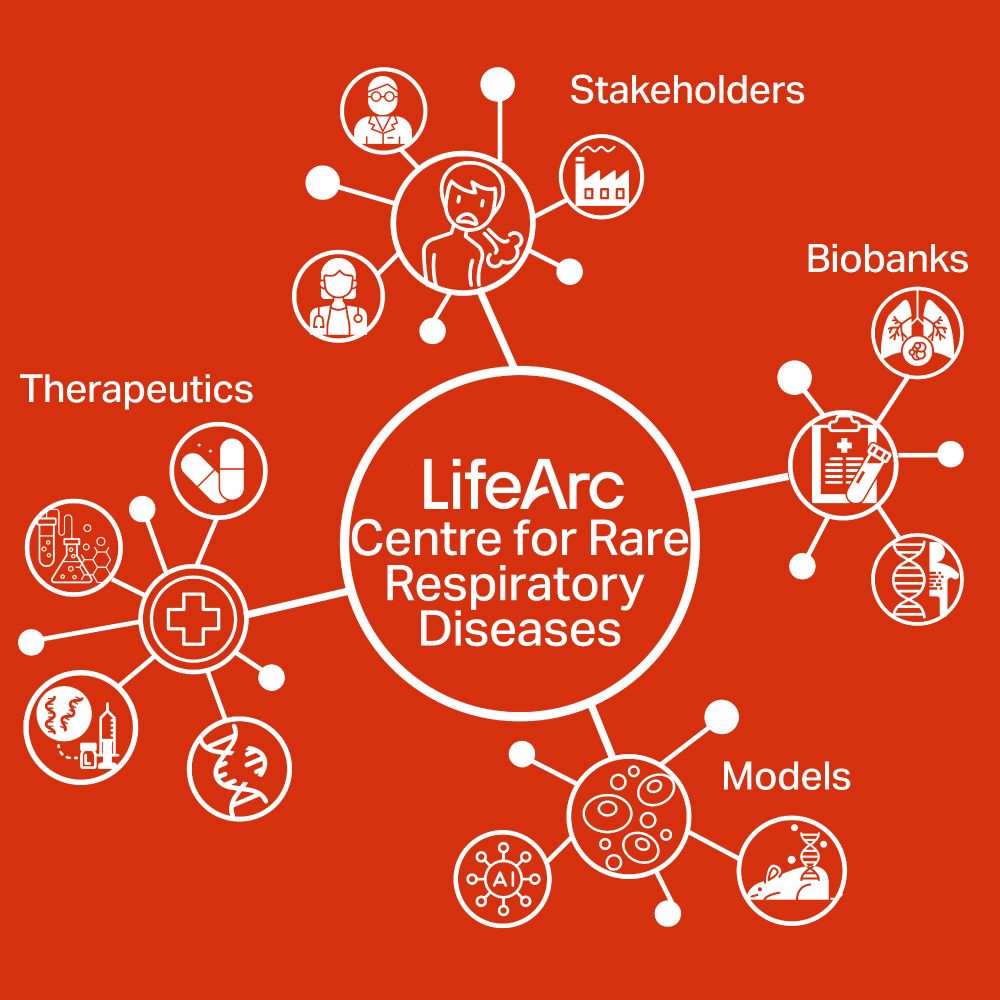
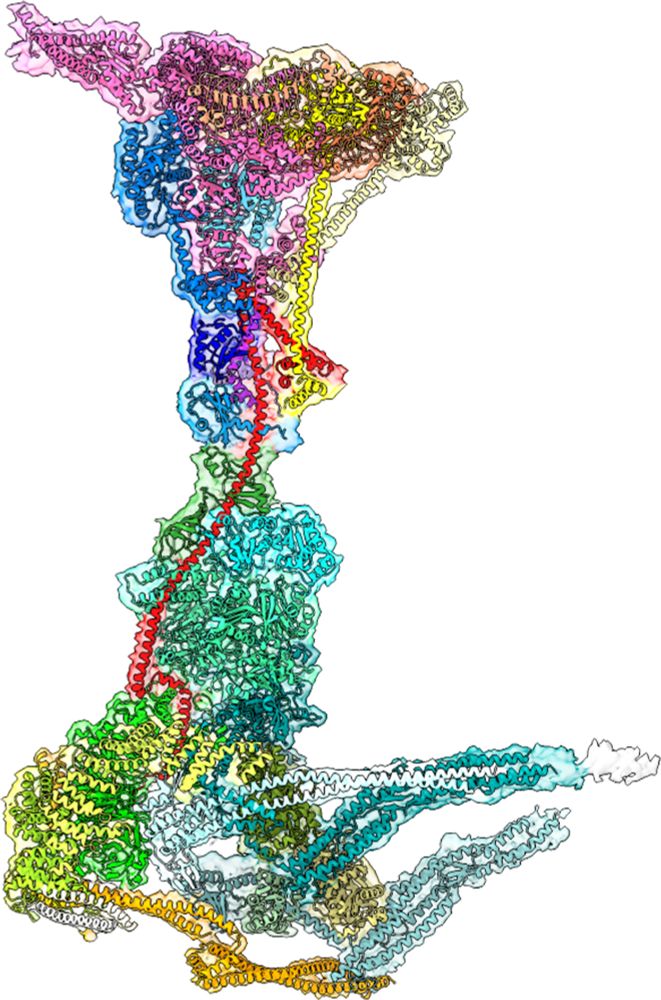
www.sciencedirect.com/science/arti...
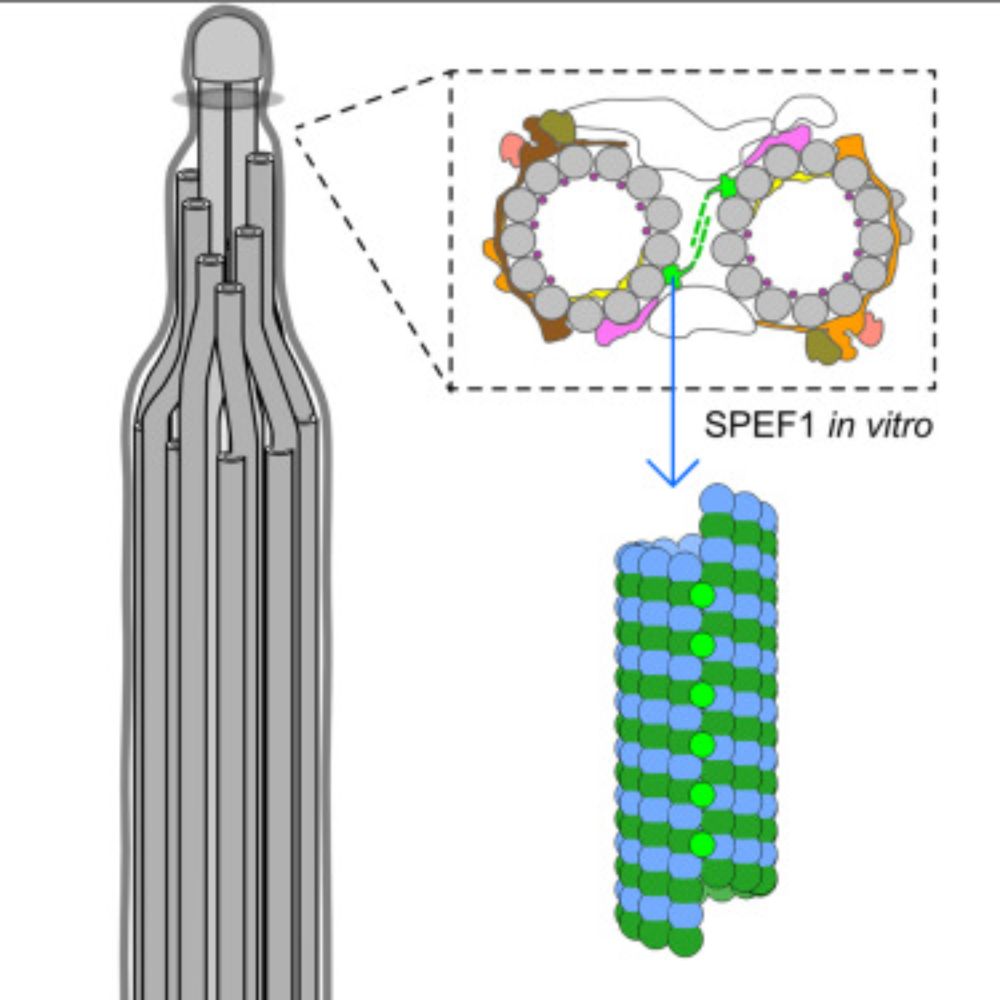
www.sciencedirect.com/science/arti...
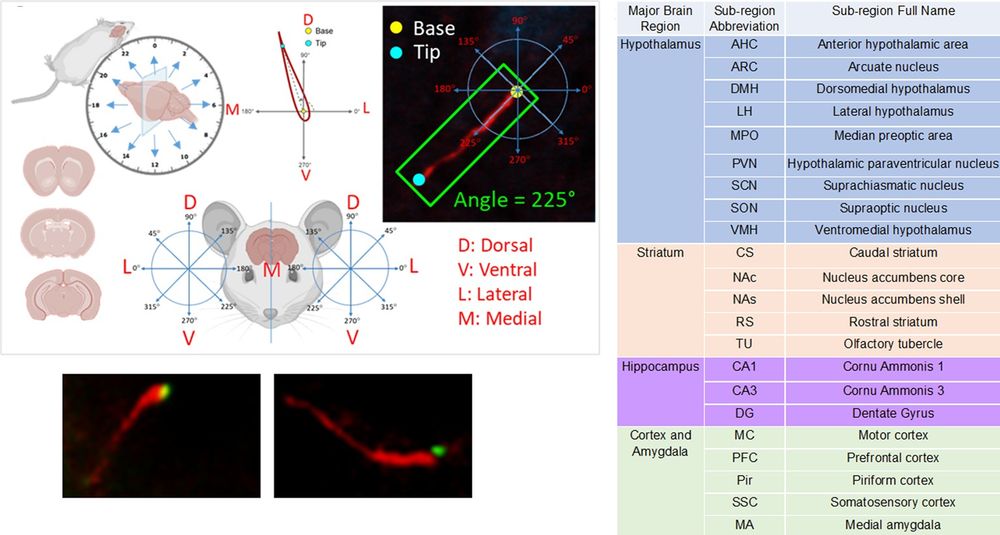
news.exeter.ac.uk/living-syste...

news.exeter.ac.uk/living-syste...

